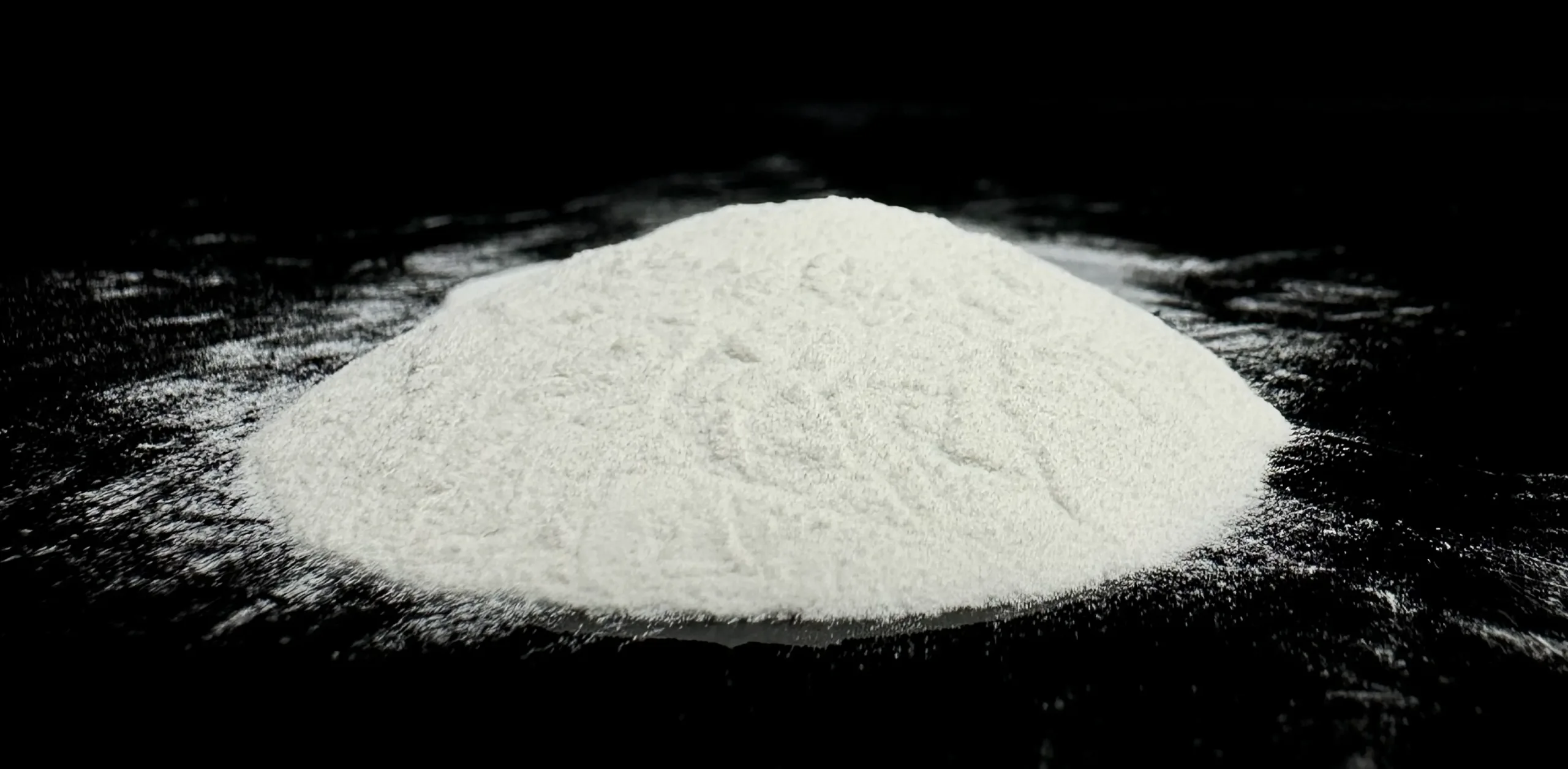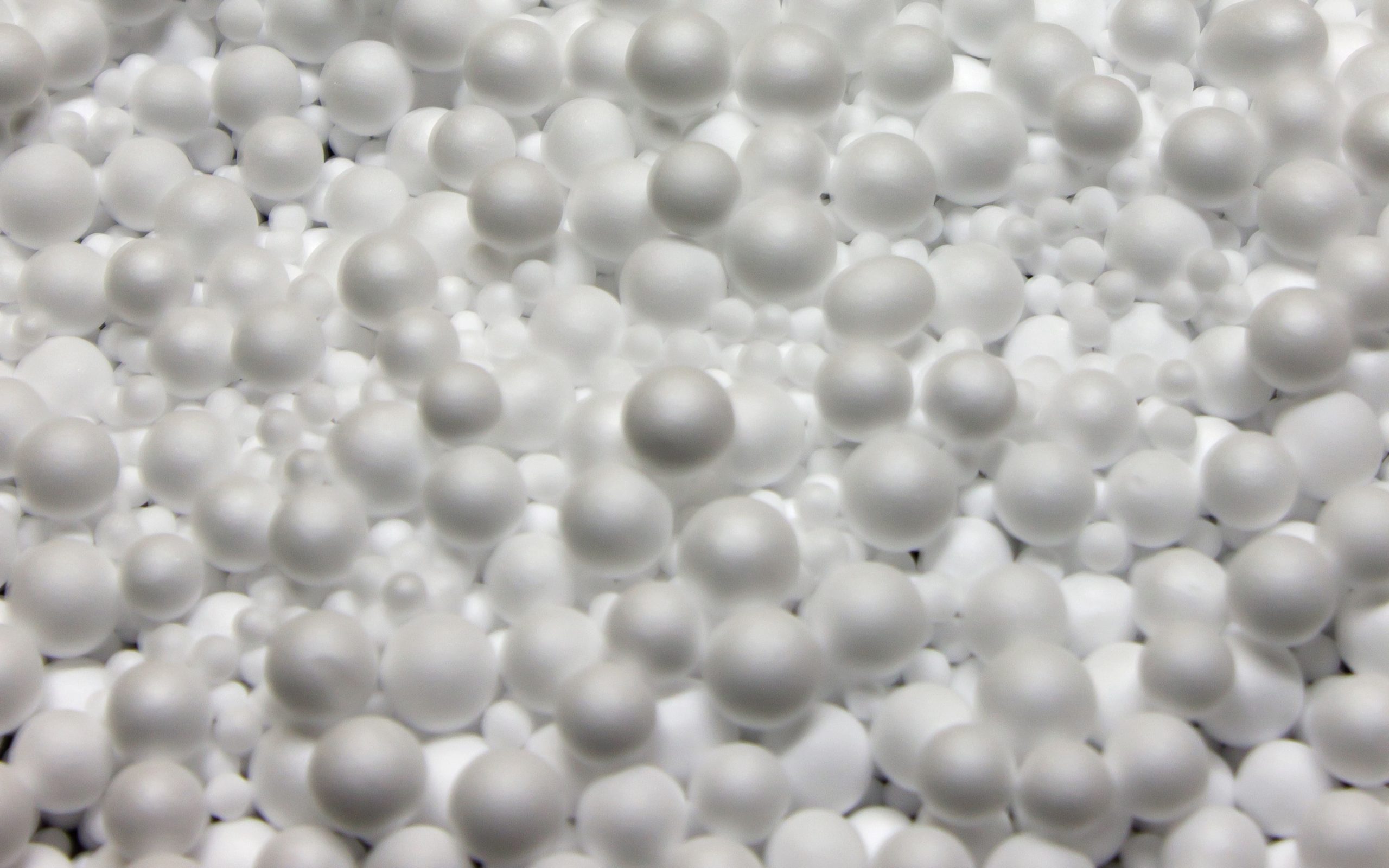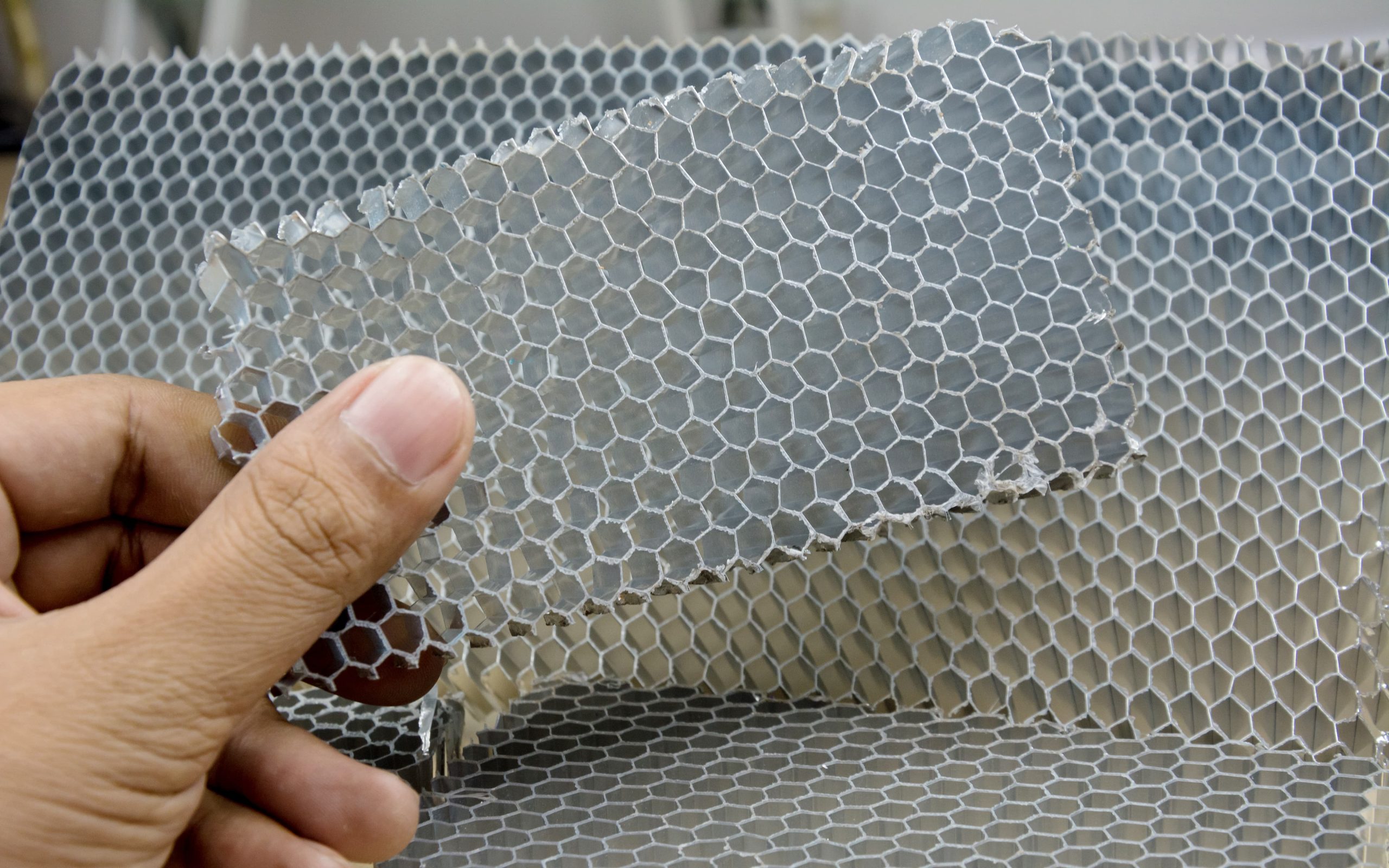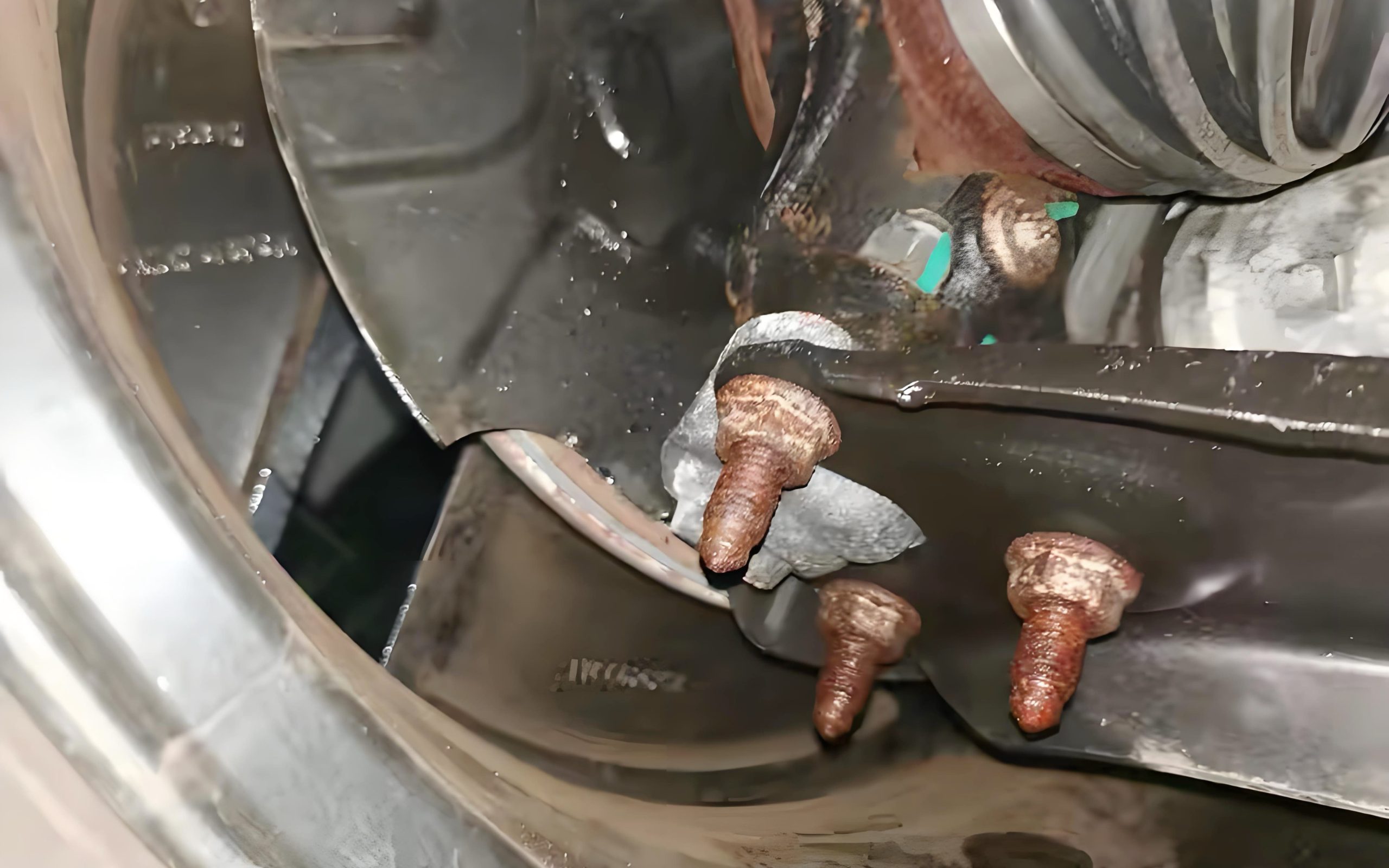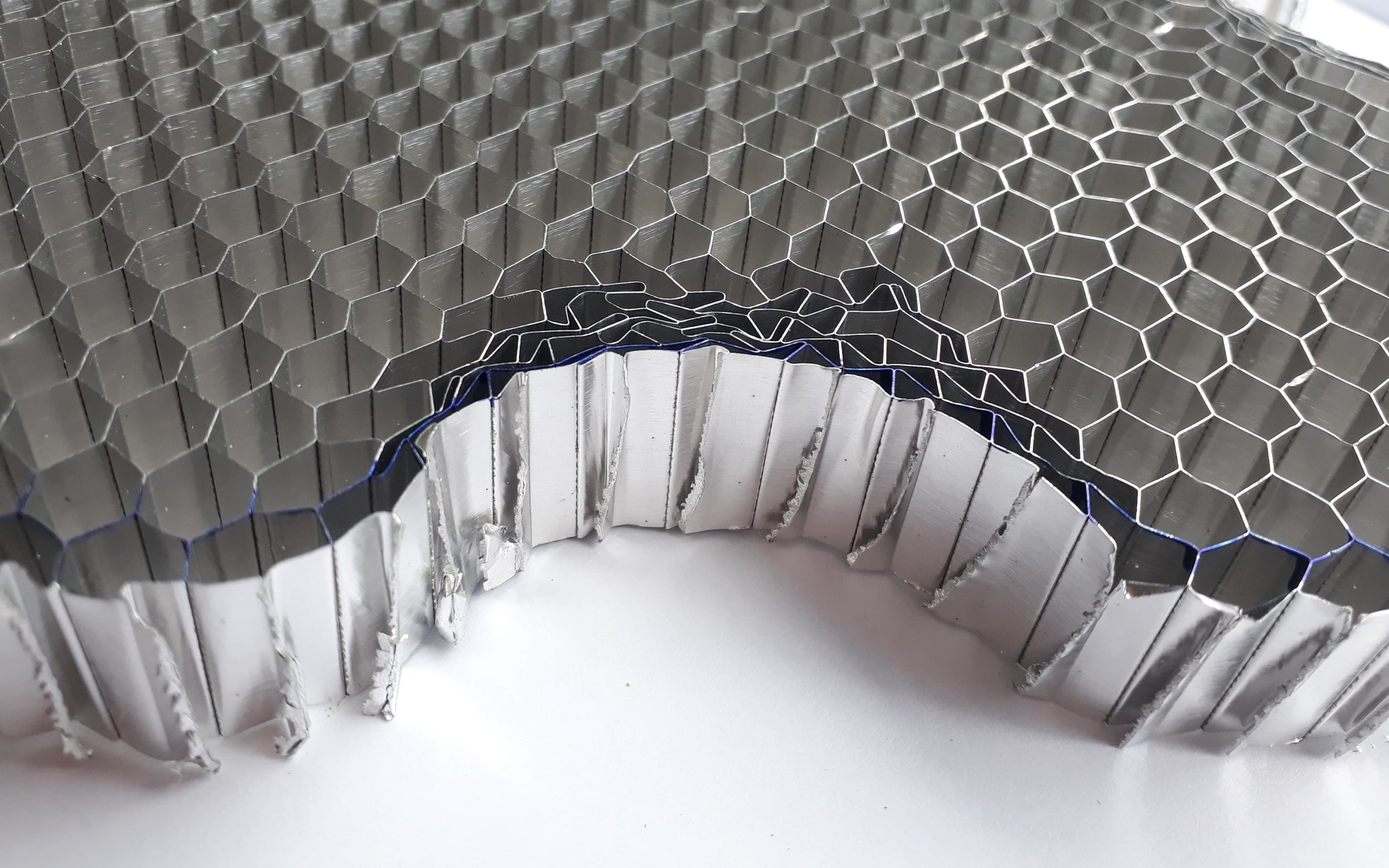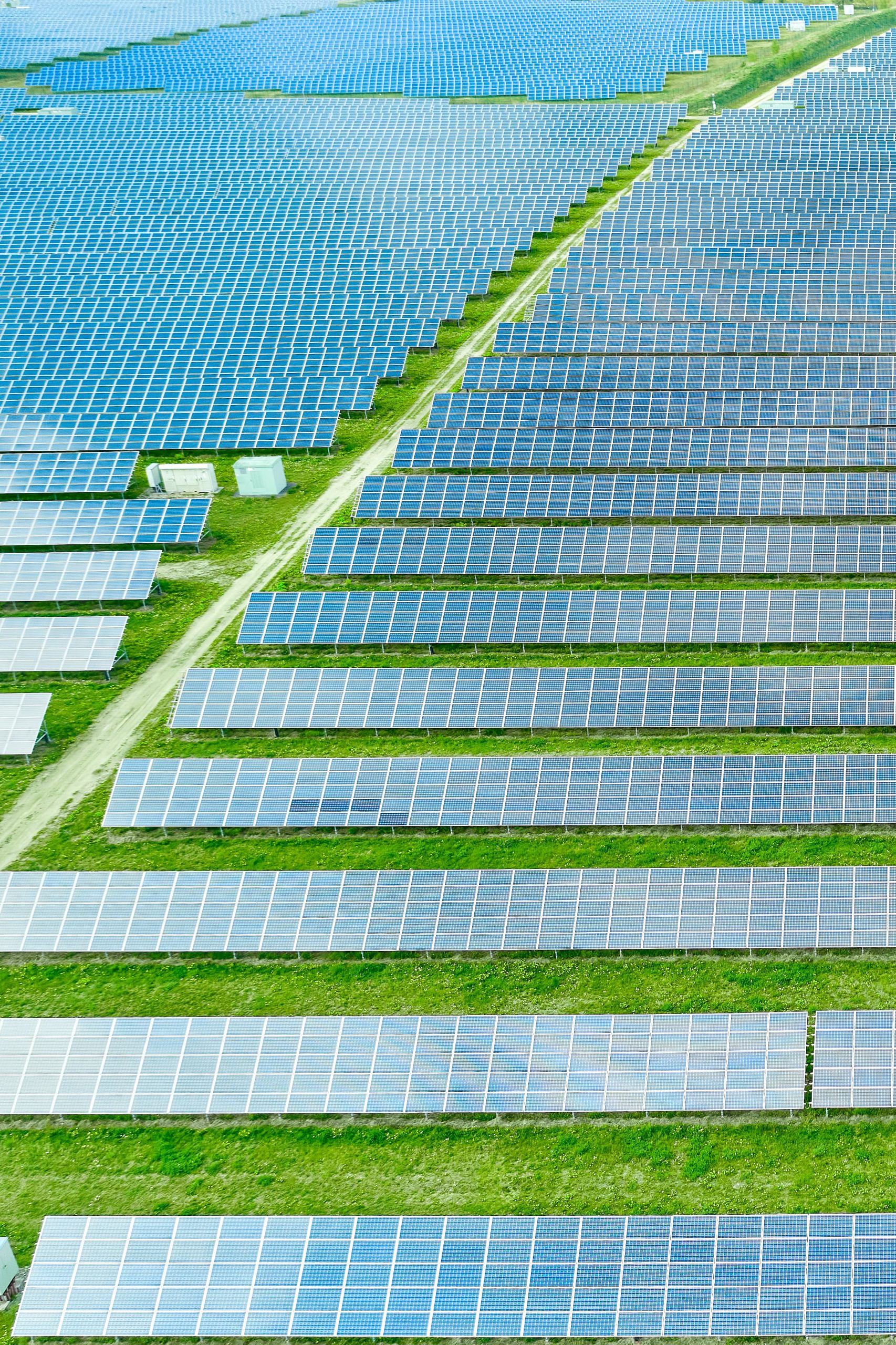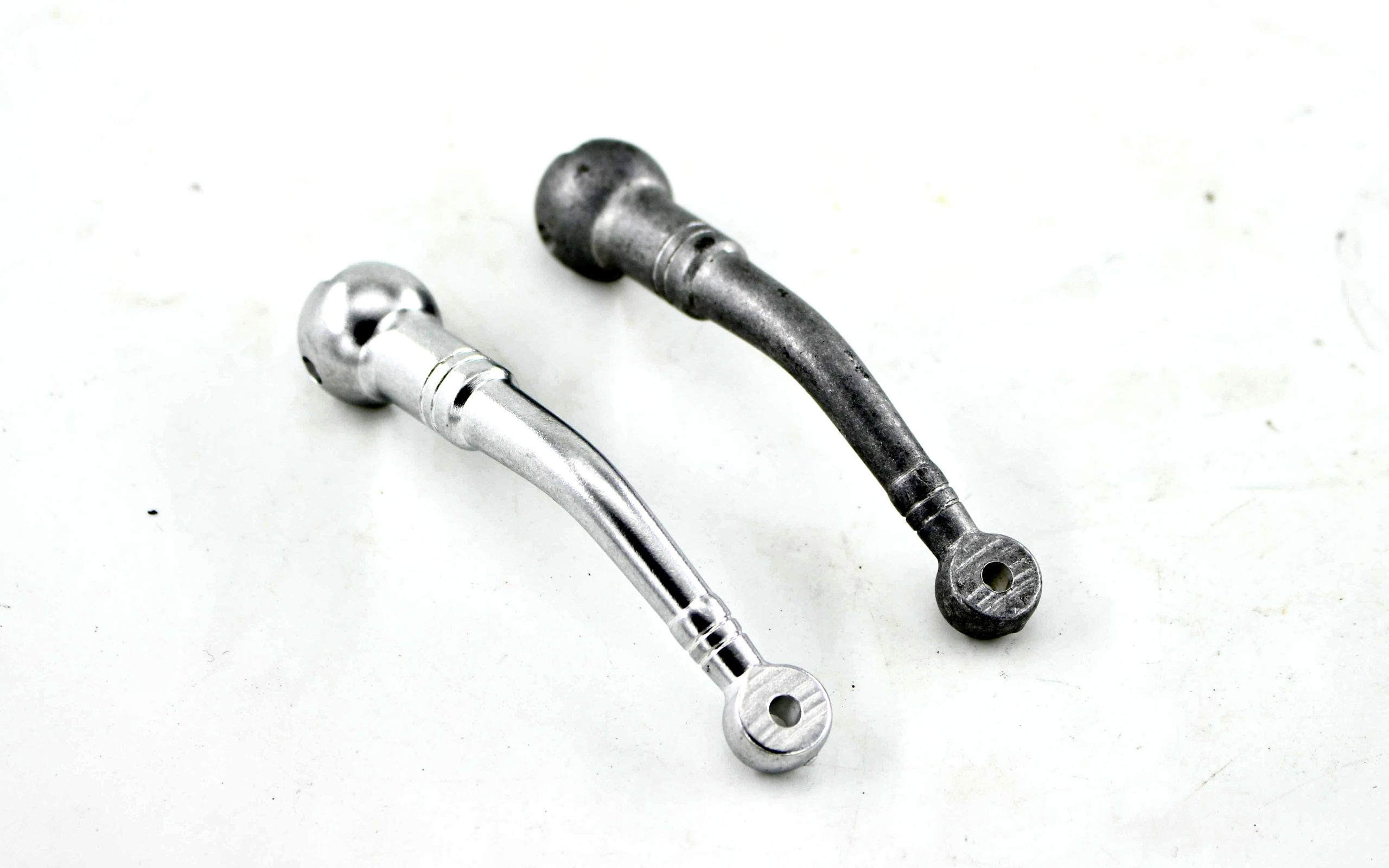One-stop surface cleaning for buildings and infrastructure
October 24, 2024
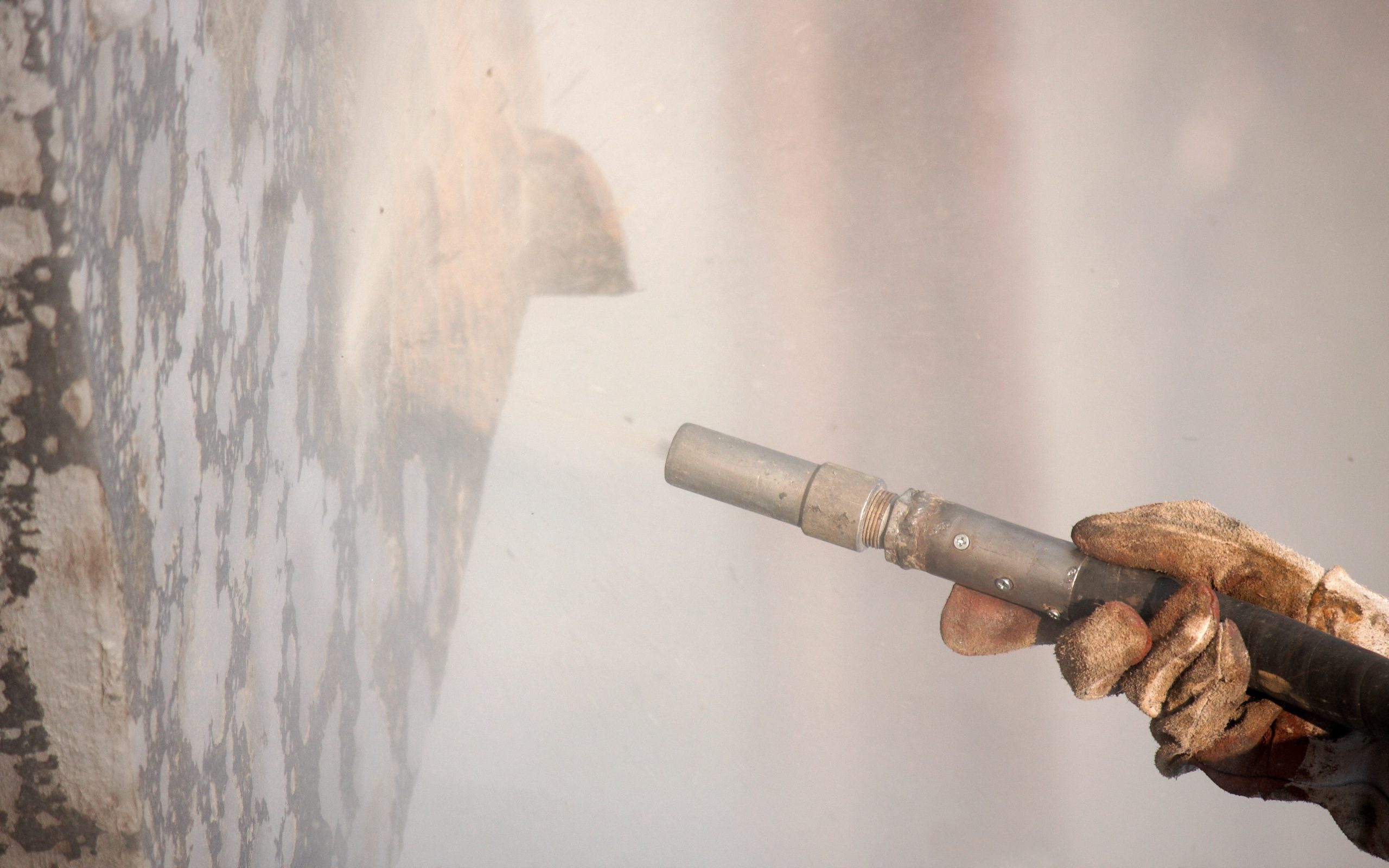
In the field of buildings and infrastructure, surface problems such as rust, dirt accumulation, and aging are common problems. These problems not only affect the beauty of buildings but may also pose a serious threat to their structural integrity and service life. For example, rust can weaken the strength of steel, dirt accumulation may cause concrete to deteriorate, and aging reduces the durability of materials, thereby increasing maintenance costs and safety hazards. For these problems, traditional manual or chemical cleaning methods are often inefficient and cannot provide a comprehensive solution.
However, one-stop sandblasting surface cleaning technology can provide an efficient and comprehensive solution. By accurately selecting the right sandblasting materials and equipment, sandblasting technology can quickly and effectively remove rust, dirt, and aging layers while maintaining the integrity of the substrate. This article will explore the surface problems of common materials in buildings and infrastructure, and detail how sandblasting technology plays a key role in these scenarios.
Properties and surface problems of building and infrastructure materials
Properties of common building materials
The main materials of buildings and infrastructure include steel, concrete, and stone. Each material has different physical and chemical properties, so they face different challenges during surface treatment.
- Steel: Steel is widely used in building structures and infrastructure such as bridges due to its high strength and good mechanical properties. However, steel is very susceptible to rust when exposed to moisture or pollution, especially in marine environments or industrial pollution areas, where rust progresses faster. Therefore, the surface of steel usually requires regular maintenance to ensure structural safety.
- Concrete: Concrete has good pressure resistance and cost-effectiveness and is widely used in building and road construction. Due to the porosity of concrete, its surface easily absorbs dirt, pollutants, and moisture, causing it to weather, crack, and age over time. In addition, concrete exposed to acid rain or other chemicals will undergo chemical corrosion, reducing its structural strength.
- Stone: Stone is known for its hardness and beauty and is widely used in exterior walls, floors, and landscape facilities. However, under the influence of long-term wind rain and pollutants, the surface of the stone will become rough and easily accumulate dirt, causing it to lose its original luster and texture. In addition, the water absorption of stone may also cause it to suffer damage such as frost cracking in cold weather.
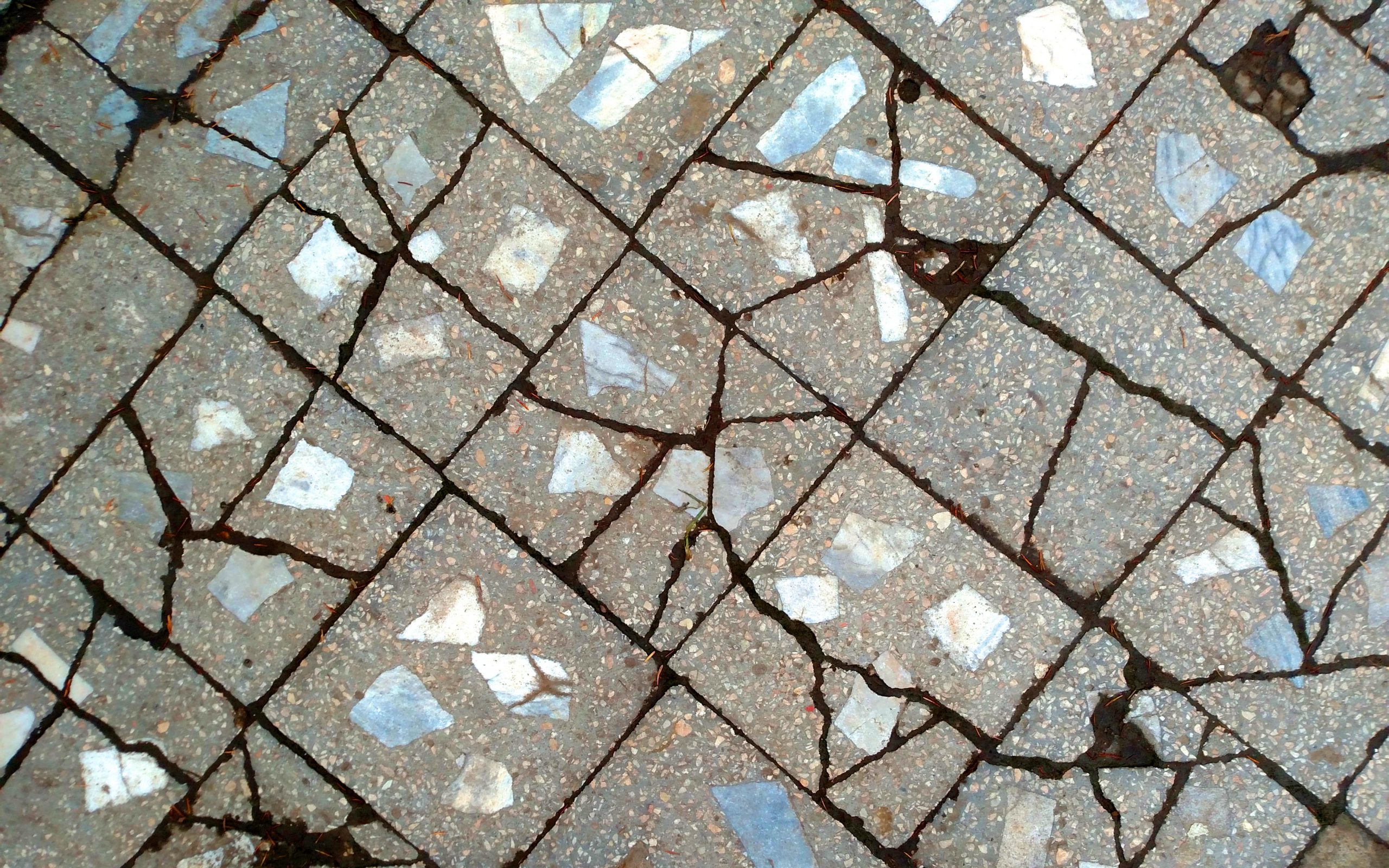
Cracked concrete road
Surface problem analysis
- Rust: Steel is very easy to oxidize and form rust in a humid environment, which not only affects its appearance but also reduces its mechanical properties and weakens the bearing capacity of the structure. If not handled in time, the rust will penetrate the steel and cause irreversible damage to the structure.
- Dirt accumulation: Whether it is concrete or stone, a large amount of dirt and pollutants will accumulate on its surface over time. Dirt not only affects the appearance of the building, but also blocks the pores on the surface of the material, hindering its normal breathing, and thus accelerating aging.
- Aging and wear: As the material is exposed to the environment for a long time, the erosion of wind and rain and the influence of sunlight will gradually age its surface, showing problems such as dull color and surface peeling. Especially for building materials exposed to acid rain and industrial pollution, the aging speed is more obvious.
One-stop sandblasting surface cleaning process
- Preliminary preparation work
Before performing one-stop sandblasting surface cleaning, preliminary preparation work is crucial. First of all, a detailed assessment of the material type, surface condition, and degree of pollution of the cleaning object is required to help technicians develop the most appropriate cleaning plan to avoid unnecessary damage or waste of resources.
Next, select the appropriate sandblasting materials and equipment based on the evaluation results. For example, for severe corrosion of steel structures, it may be more efficient to use high-strength steel sand for cleaning; while for dirt accumulation on concrete or stone surfaces, quartz sand may be a more appropriate choice. In addition, the cleaning plan also needs to take into account factors such as the cleaning scope, working environment, and safety requirements.
Finally, set up comprehensive safety protection measures. During the sandblasting operation, dust, noise, and high-pressure airflow are potential safety hazards. Therefore, the construction area needs to be closed, the operators need to wear protective equipment and take corresponding dust and noise control measures.
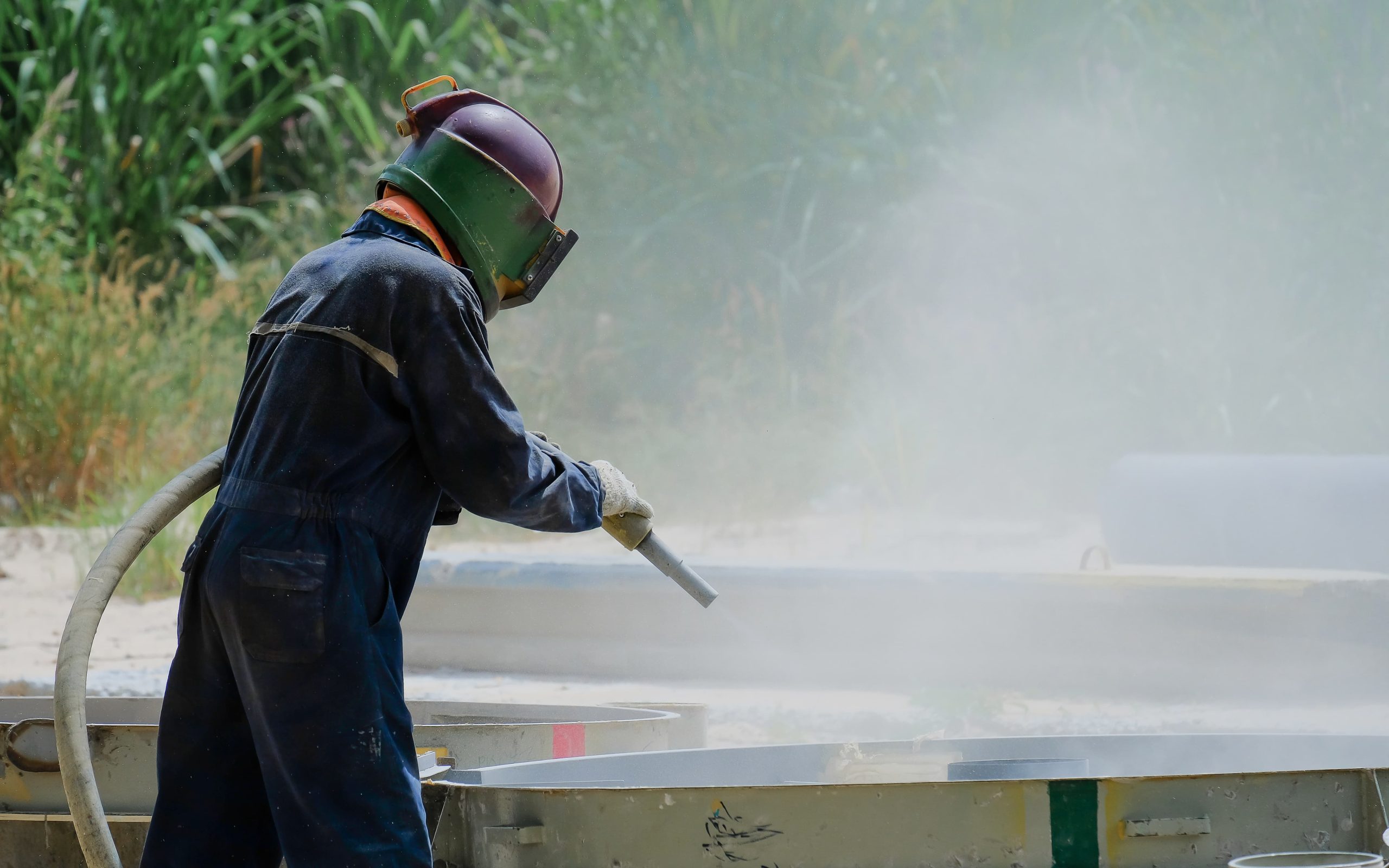
Staff wearing protective clothing outdoors
Sandblasting equipment and material selection
The selection of sandblasting equipment should be determined according to the scale and fineness of the cleaning task. Commonly used equipment includes pressure-type sandblasting machines and suction sandblasting machines.
- The pressure-type sandblasting machine uses compressed air as the power to press the abrasive into the spray gun through a pressure tank and spray it out at high speed. It has high sandblasting efficiency is suitable for surface treatment of large areas and heavy workpieces, and can handle thicker rust layers and coatings.
- The suction sandblasting machine relies on compressed air to form negative pressure in the spray gun to suck in and spray out the abrasive. It has a simple structure and low cost and is suitable for small workpieces and fine operations.
In terms of material selection, the choice of sandblasting media determines the effect and efficiency of cleaning. Commonly used sandblasting materials are as follows:
- Steel sand: Usually gray or black, with a relatively regular shape, mostly spherical or nearly spherical. It has high hardness and strength, suitable for heavy cleaning of hard surfaces. It performs well in chemical stability and is not easy to react with common chemicals. For severely rusted steel structures, steel sand can effectively remove the rust layer with its powerful impact force, laying the foundation for subsequent treatment work. At the same time, steel sand has high durability and can be recycled many times, which can reduce costs in the long run.
- Quartz sand: Generally white or transparent, with irregular particle shape. It is often used for general cleaning tasks and can effectively remove surface dirt and mild rust. It has high chemical stability, acid and alkali resistance, and can maintain good performance under different environmental conditions. Due to its moderate hardness, it will not cause excessive damage to the surface being cleaned and is suitable for surface cleaning of various building materials and infrastructure.
- Aluminum oxide: Usually white, with a rounded particle shape. It has extremely high hardness, second only to diamond, and is an ideal sandblasting material. It is extremely good in chemical stability and can remain stable in various harsh environments. It is suitable for projects that require high-precision processing, such as delicate surface engraving or polishing. Aluminum oxide can accurately remove tiny defects without destroying the integrity of the surface, providing a high-quality solution for the surface treatment of buildings and infrastructure.
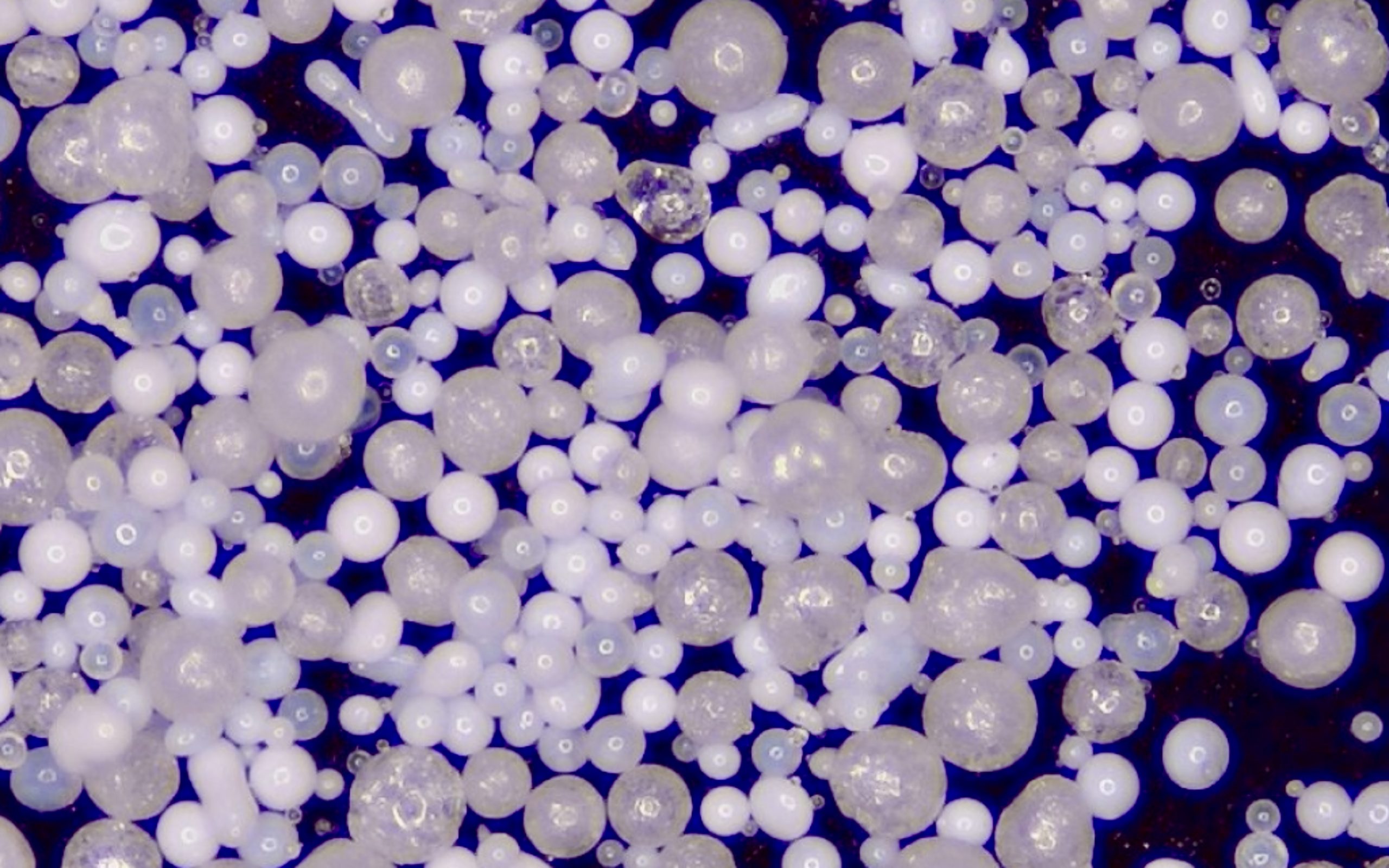
Ultrafine Aluminum Oxide Blast Media by HLH
2. Sandblasting operation process
The key to the sandblasting operation process is to control the pressure, spray angle and distance, and operating speed. The surface hardness and contaminant type of different materials determine the size of the spray pressure. For example, high pressure is required to deal with thick rust on the surface of steel, while moderate pressure is required to clean the dirt on the surface of stone to avoid damage.
The adjustment of the spray angle is also very important. Usually, a spray angle between 45 degrees and 90 degrees is selected to ensure the best cleaning effect. The spraying distance needs to be fine-tuned according to the surface conditions of the material, ensuring that the spraying medium can effectively act on the surface, but not too close to avoid damaging the material.
The control of the moving speed directly affects the uniformity of the cleaning effect. A stable speed needs to be maintained during the operation to avoid uneven surface cleaning caused by too fast or too slow.
3. Post-processing
After sandblasting, comprehensive surface cleaning and inspection are the last steps to ensure the quality of the work. Cleaning is usually carried out with compressed air or water to remove residual medium particles and dust. Subsequently, the cleaned surface needs to be inspected in detail to ensure that there is no residual rust or contaminants.After sandblasting, comprehensive surface cleaning and inspection are the last steps to ensure the quality of the work. Cleaning is usually carried out with compressed air or water to remove residual medium particles and dust. Subsequently, the cleaned surface needs to be inspected in detail to ensure that there is no residual rust or contaminants.
Depending on the project requirements, the cleaned surface may require subsequent treatment, such as the application of anti-rust, anti-corrosion, or other protective coatings. These measures can not only extend the service life of the building but also further improve the weather resistance and aesthetics of the material.
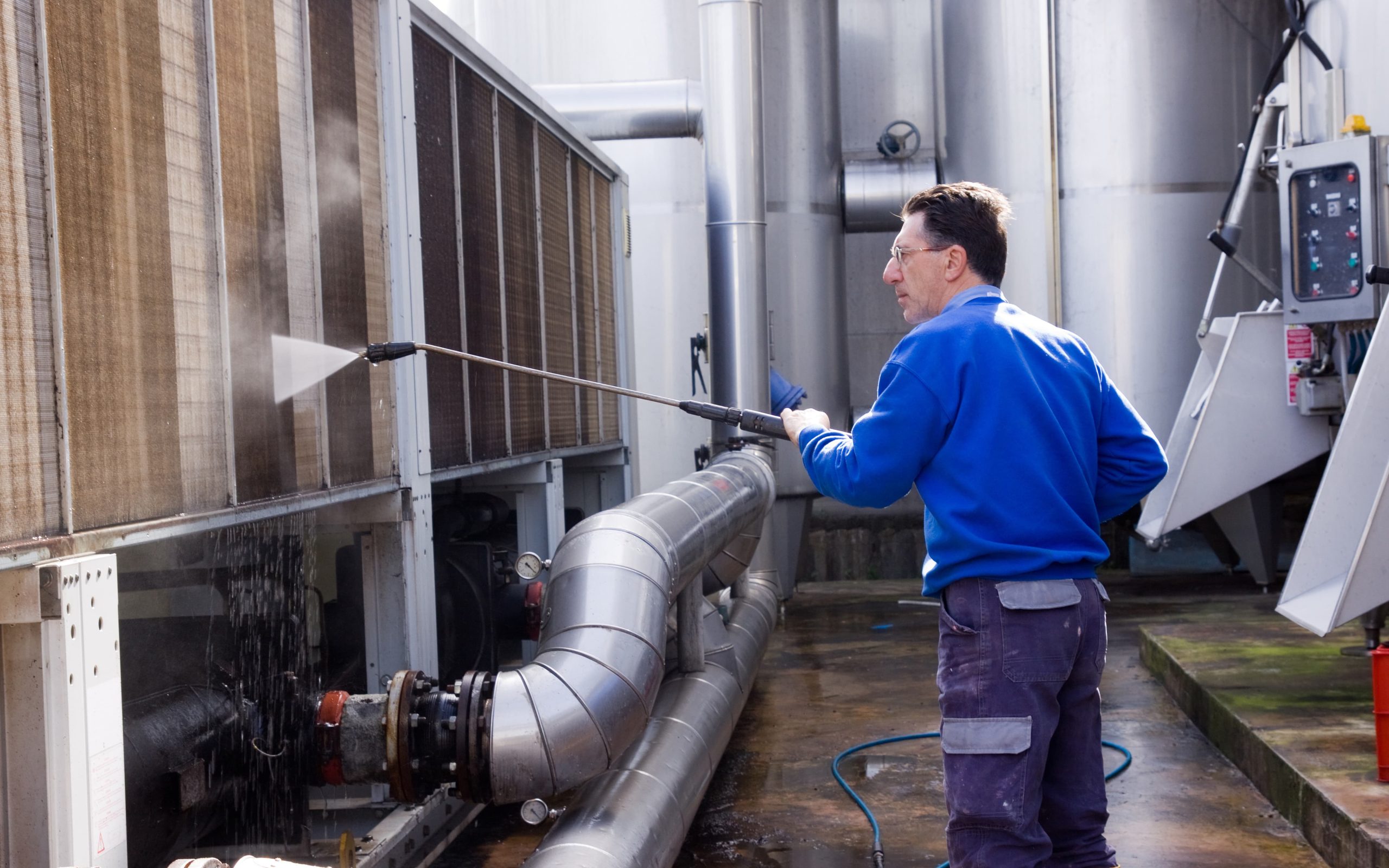
High-pressure cleaning
Actual case analysis
Sandblasting surface cleaning case of a stadium
A large stadium has been exposed to the natural environment for many years, and the surface of the steel structure has been severely rusted, and the surface of the exterior wall has also appeared gray due to long-term pollution, which has greatly affected the appearance and safety of the venue. After an on-site evaluation, the technical team decided to use high-pressure steel sand blasting cleaning technology to carry out comprehensive surface cleaning of the stadium.
During the cleaning process, the construction team used a mobile press-in sandblasting machine, which not only has efficient cleaning capabilities but also can flexibly cope with the complex structure of the venue. The entire sandblasting process lasted about two weeks and covered all the steel structures and exterior wall surfaces of the venue. After the sandblasting operation, the steel structure surface was smooth as new, the rust was completely removed, and the overall appearance and structural safety of the venue were greatly improved.
To prevent rusting again, the technical team also sprayed a layer of high-performance anti-rust coating on the steel structure surface of the venue, extending the service life of the venue and improving its ability to resist severe weather and environmental erosion.
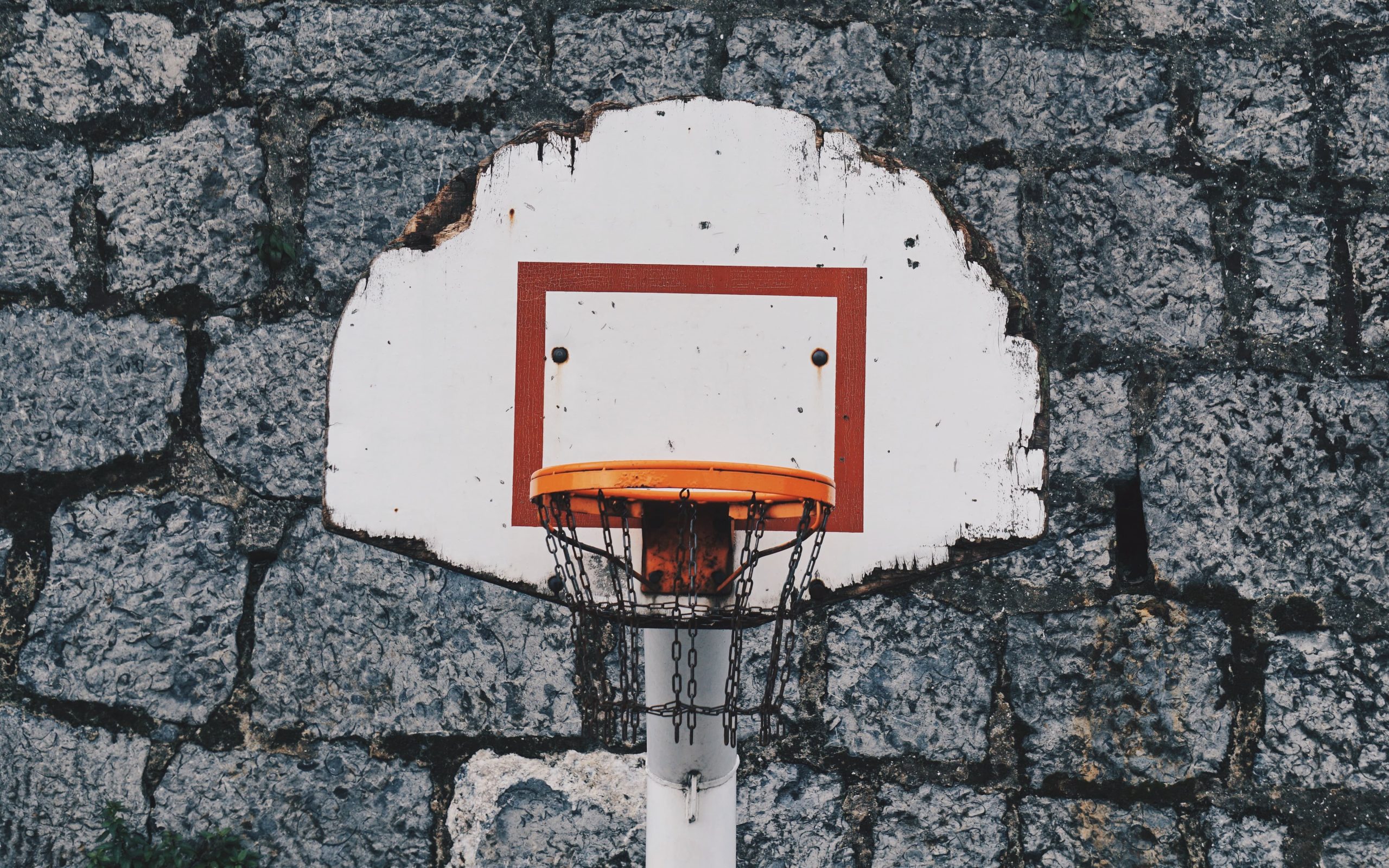
Dilapidated sports facilities
Bridge sandblasting surface cleaning case
Due to long-term exposure to moisture and pollutants, the steel beams of a bridge were severely rusted, threatening the structural safety of the bridge. After detailed testing and analysis, the construction team decided to adopt high-intensity steel sand blasting cleaning technology to gradually clean the rust and pollutants of the bridge.
Since the steel beams of the bridge are thin, during the sandblasting process, the operator needs to pay special attention to the control of the spraying pressure to avoid excessive pressure causing damage to the steel beams. After a month of construction, the rust and dirt on the surface of the bridge were completely removed, restoring its original strength and durability.
To prevent the recurrence of rust problems in the future, the construction team carried out a comprehensive anti-corrosion coating treatment on the surface of the steel beams, which greatly extended the service life of the bridge and ensured driving safety.
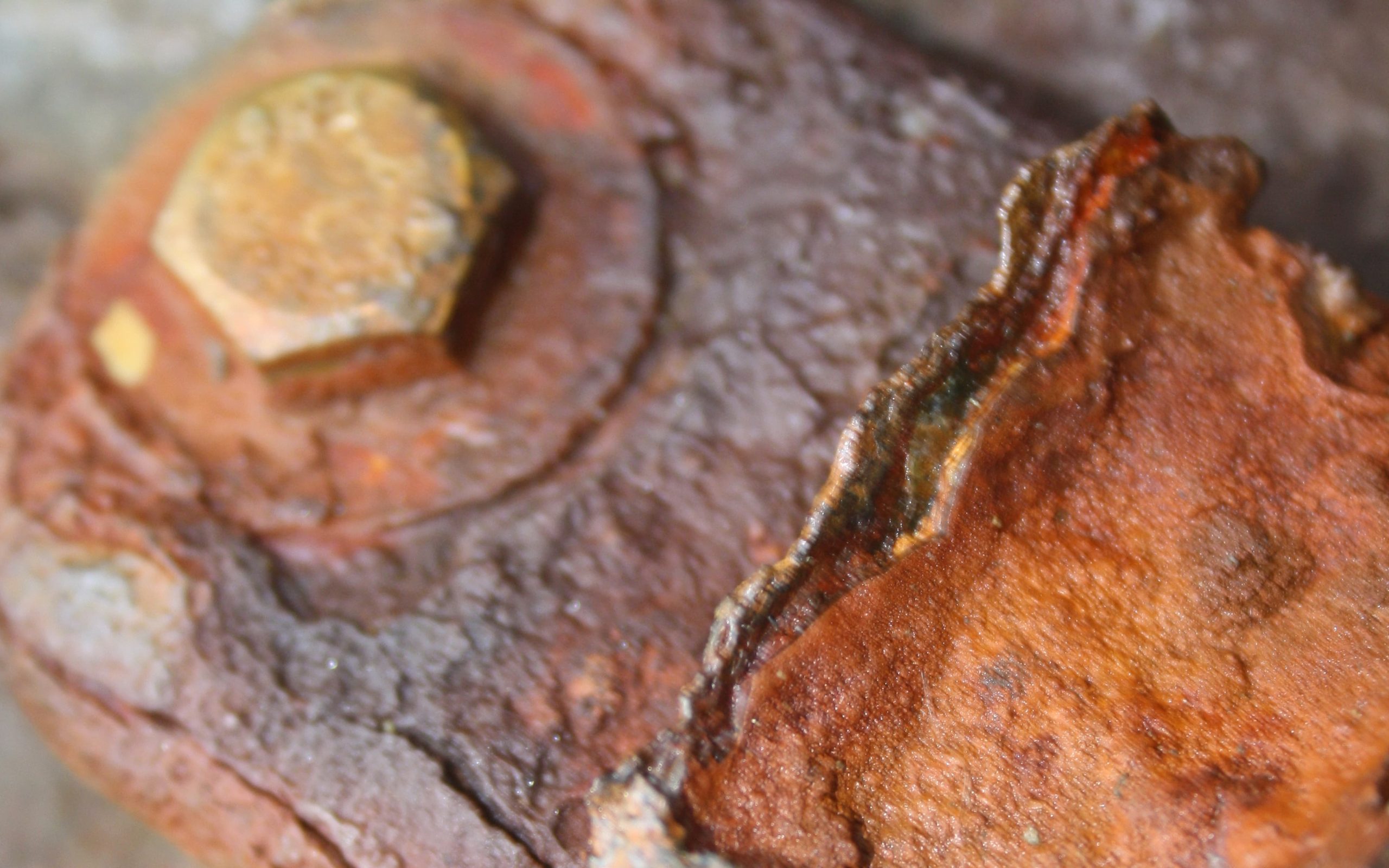
Rusty nuts and bolts
Advantages of one-stop surface cleaning
- High efficiency
One-stop sandblasting surface cleaning can quickly handle large areas of building and infrastructure surfaces. With advanced sandblasting equipment and suitable sandblasting materials, the cleaning of rust, dirt, etc. can be completed in a short time, greatly saving time and labor costs. Compared with traditional cleaning methods, sandblasting cleaning is faster and can meet the tight schedule requirements of construction and infrastructure projects.
- Wide adaptability
This cleaning method is suitable for various building and infrastructure materials, including steel, concrete, stone, etc. Different materials can choose different sandblasting materials and parameters to achieve the best cleaning effect. Whether it is a large-scale construction project or a complex infrastructure project, one-stop sandblasting surface cleaning can provide an effective solution.
- Environmentally friendly
Compared with traditional chemical cleaning methods, sandblasting reduces the use of chemical cleaning agents and reduces pollution to the environment. At the same time, some sandblasting materials can be recycled and reused, further reducing resource waste and environmental impact. This environmentally friendly cleaning method meets the requirements of modern society for sustainable development.
- Precise control
Sandblasting can accurately control the degree and effect of cleaning. By adjusting parameters such as sandblasting pressure, spray angle, and distance, the surface can be lightly, moderately, or deeply cleaned according to different needs. This makes the cleaning work more flexible and can meet the surface quality requirements of different projects.
Long-term economic benefits of sandblasting technology
Sandblasting technology can effectively extend the service life of buildings and infrastructure. By removing rust, dirt, and aging layers on the surface, it provides a good foundation for subsequent protective coatings, thereby enhancing the corrosion resistance and durability of buildings and infrastructure. This means reduced future maintenance costs and repair frequency. For example, for infrastructure such as bridges and tunnels, regular sandblasting and protective treatment can greatly extend their service life and avoid large-scale repairs and reconstructions due to corrosion and damage, thus saving huge capital investment.
As a one-stop surface cleaning solution for the construction and infrastructure industry, sandblasting technology has many advantages. It can not only complete surface cleaning work efficiently and quickly, but also has the advantages of wide adaptability, environmental friendliness, and precise control. At the same time, by extending the service life of buildings and infrastructure, maintenance costs are reduced, bringing long-term economic benefits to the industry. Therefore, it is recommended to widely adopt sandblasting technology in the field of construction and infrastructure to improve engineering quality and sustainable development.




